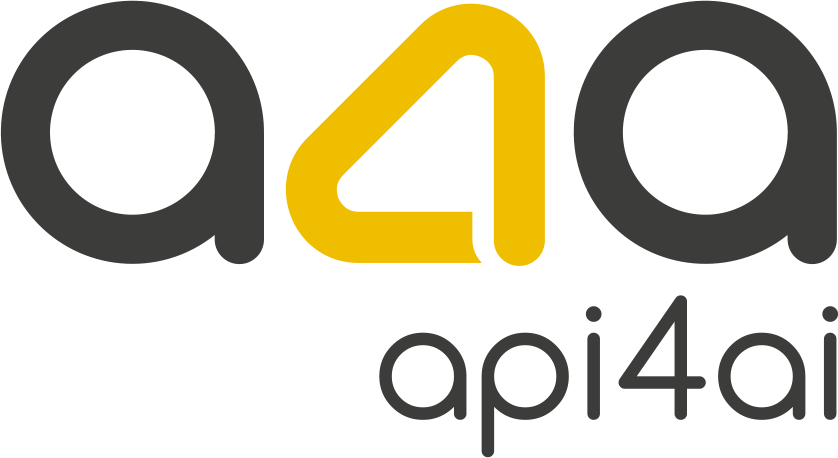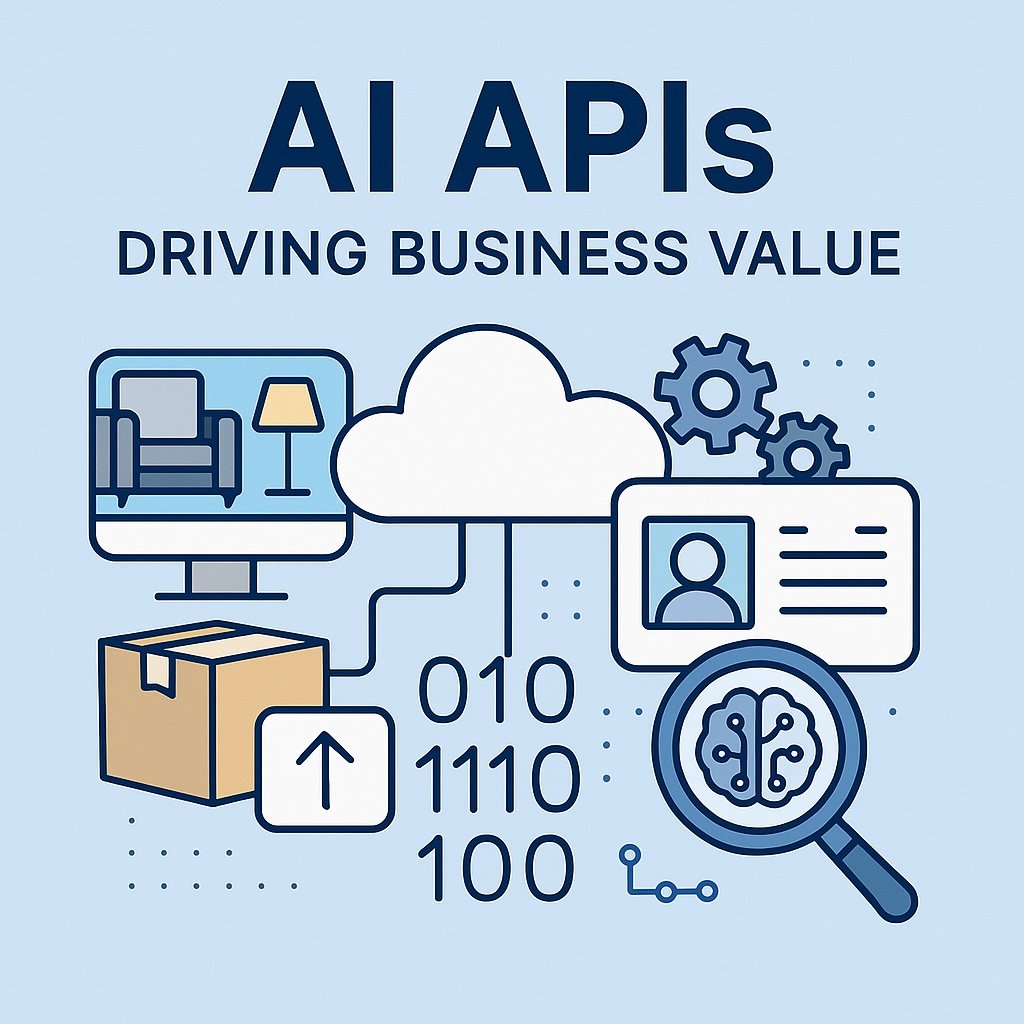
AI APIs: What They Are and Why They Matter to Business
AI APIs are changing the way businesses access and apply artificial intelligence — offering powerful features like image recognition, text extraction, and object detection through simple cloud-based interfaces. In this post, we explore what AI APIs are, how they work, and why they’re becoming essential for companies looking to innovate quickly, reduce costs, and scale smarter. Whether you’re in e-commerce, fintech, manufacturing, or media, discover how ready-to-use and custom AI solutions can unlock new value for your organization in 2025 and beyond.

Top Industries Benefiting from Automated Image Anonymization
Visual data is both a powerful resource and a significant liability. Across industries — from healthcare and retail to automotive and financial services — protecting individuals' privacy within imagery is not just ethical but also legally mandatory. Automated image anonymization, powered by cutting-edge AI solutions, offers a robust and efficient way to address these challenges. Healthcare providers rely on these tools to comply with stringent regulations like HIPAA, safeguarding patient identities in medical imaging. Retailers enhance customer trust by anonymizing in-store video analytics and online shopper data. Meanwhile, automotive leaders leverage anonymization to secure personal information collected by smart vehicle cameras. With such widespread adoption and proven efficacy, AI-powered image anonymization APIs represent a transformative shift, helping businesses secure sensitive visual data effortlessly and effectively. Discover how automated anonymization is redefining privacy standards — and how your industry can benefit from these innovative solutions.

Custom AI Development: Is It Worth the Investment?
Artificial intelligence is transforming industries, helping businesses automate tasks, optimize workflows and enhance decision-making. While off-the-shelf AI solutions — such as OCR APIs, object detection tools and background removal services — offer a quick and cost-effective entry point, they may not always meet the unique needs of specialized industries.
This blog post explores the strategic advantages of custom AI development, highlighting how tailored solutions can drive efficiency, cost savings and long-term profitability. From brand recognition in retail to automated inventory management in logistics, real-world examples illustrate how companies are leveraging AI to stay ahead.
Is a custom AI solution right for your business? Learn how to assess your readiness, build the right AI strategy and measure long-term ROI to make an informed investment that scales with your growth.

Top AI Trends Transforming the Telecommunications Industry in 2025
The telecommunications industry is evolving at an unprecedented pace and AI is at the center of this transformation. From predictive analytics that prevent network failures before they happen to AI-driven customer service that delivers hyper-personalized experiences, telecom providers are leveraging artificial intelligence to enhance efficiency, security and scalability.
Automated network operations powered by self-organizing networks (SONs) and edge computing are making real-time adjustments without human intervention, ensuring seamless connectivity even as demand skyrockets. Meanwhile, AI-powered security and fraud detection are safeguarding networks against cyber threats, keeping customer data protected and ensuring compliance. Computer vision technologies are also playing a crucial role, from automating infrastructure inspections to enhancing identity verification processes.
As 5G, IoT and cloud computing accelerate AI adoption, 2025 is set to be a defining year for the telecom industry. Companies that embrace AI-driven solutions now will lead the next wave of innovation, while those who hesitate risk falling behind. The future of telecommunications is intelligent, automated and powered by AI — are you ready to be part of it?
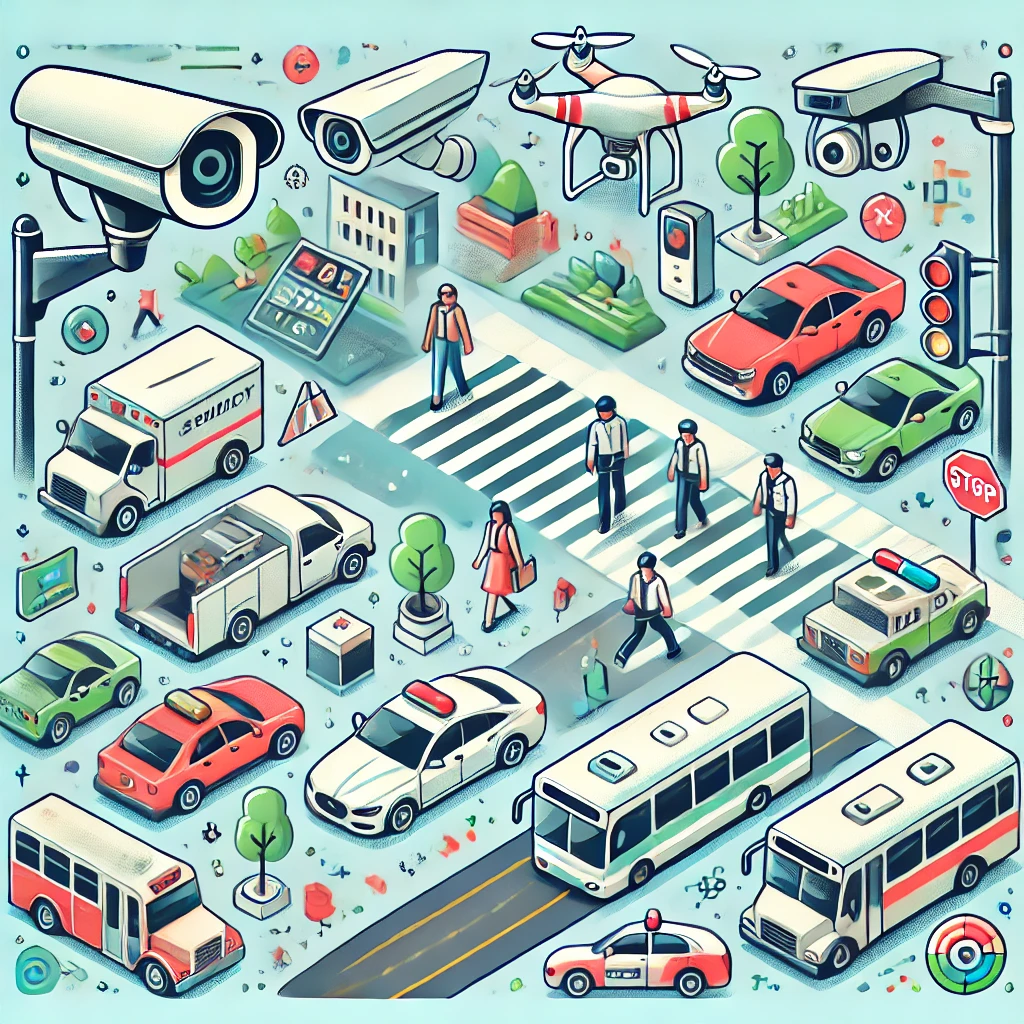
5 Ways Object Detection Enhances Public Safety
Ensuring public safety has become more challenging as cities grow and security threats evolve. AI-powered object detection is transforming surveillance by enabling real-time threat detection, automated crowd monitoring, enhanced traffic management, perimeter security and unattended object identification. These advancements help security teams respond faster, reduce human error and prevent incidents before they escalate.
This article explores five key ways object detection enhances public safety, from identifying suspicious objects in crowded spaces to improving traffic control and access management. As AI-driven security solutions become more accessible, organizations must decide whether to adopt ready-to-use AI APIs or invest in custom-built object detection systems.
With faster processing, predictive analytics and seamless integration, AI-powered object detection is shaping the future of public safety. Now is the time to explore how these technologies can strengthen security, improve efficiency and create safer environments for all.
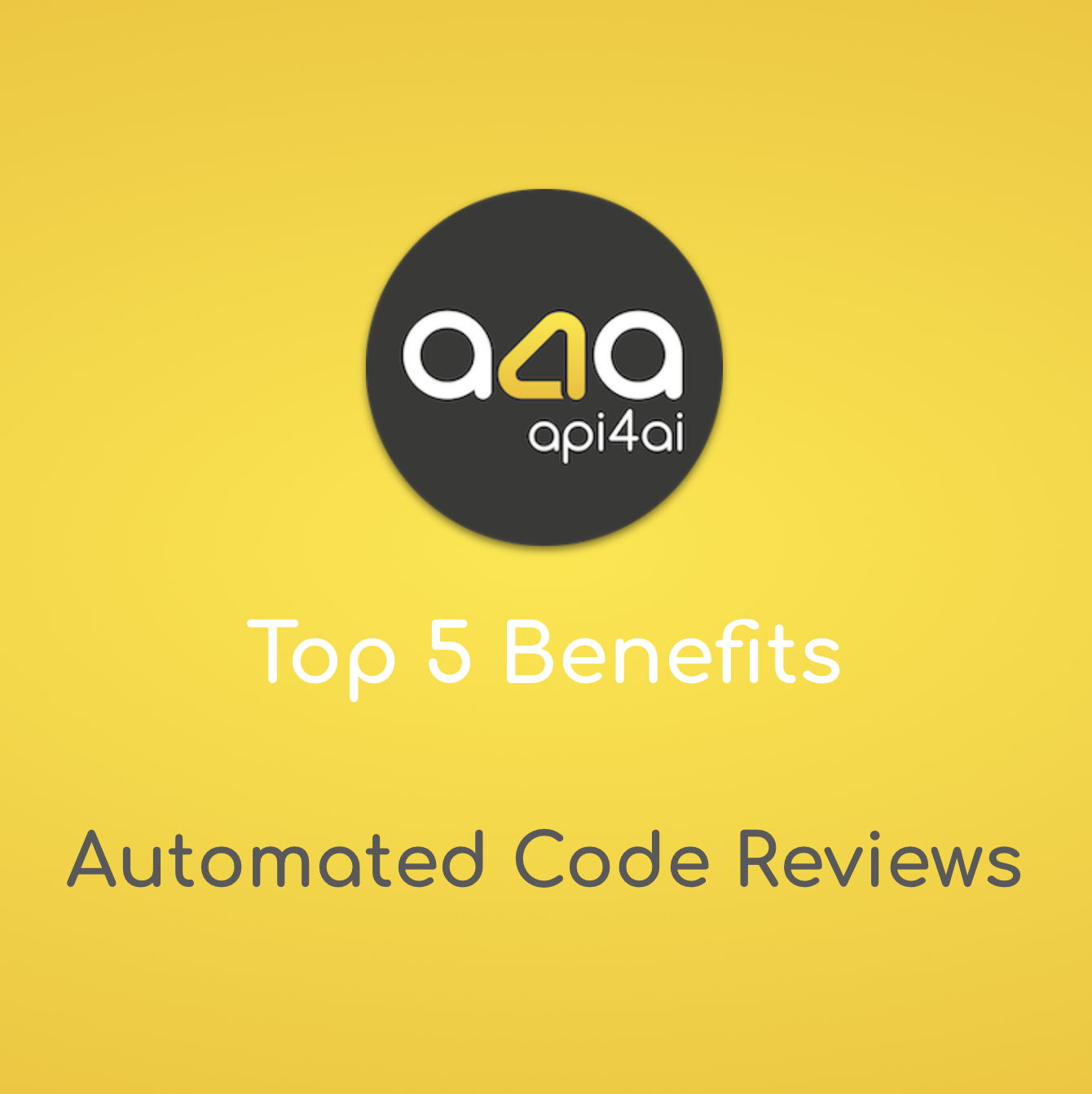
Top 5 Benefits of Automated Code Reviews
As software development accelerates, ensuring high-quality code while keeping up with rapid release cycles has become a challenge. Traditional manual code reviews, though essential, are often time-consuming, inconsistent and prone to human error. This is where automated code review tools come in — leveraging AI and automation to streamline the process, enforce best practices and enhance overall software quality.
In this post, we explore the top five benefits of automated code reviews, including how they ensure consistency, accelerate development, improve collaboration, detect bugs early and drive innovation. With AI-powered solutions like large language models (LLMs) now capable of understanding code context and intent, automated reviews have evolved beyond simple syntax checks, offering deeper insights and smarter recommendations.
By integrating automated code review tools into DevOps pipelines, teams can reduce review times, minimize errors and free up developers to focus on creative problem-solving. Whether you’re working in Agile, CI/CD or large-scale enterprise environments, automation can help streamline workflows and improve efficiency.
Discover how AI-driven code reviews are shaping the future of software development — and why adopting them today can give your team a competitive edge.

The Cost of Developing Modern AI-Based Products
Artificial intelligence is transforming industries, but the cost of developing AI-based products varies widely depending on complexity, customization and long-term strategy. While off-the-shelf AI APIs provide an affordable and quick solution for startups and SMEs, enterprises often invest in custom AI development to gain a competitive edge. The right approach depends on a business’s stage, budget and objectives.
This article explores the financial and technical factors that influence AI costs, from basic open-source models to high-performance, scalable AI solutions. Whether you’re considering ready-made APIs for image recognition, OCR or background removal or looking into custom AI models for specialized applications, understanding the trade-offs between cost and performance is crucial.
AI development is not just about the initial price tag — its real value lies in long-term returns, automation and strategic advantage. Choosing the right AI solution can reduce operational costs, improve efficiency, and position businesses for future growth.

From MVP to Production: A Complete Computer Vision Project Lifecycle
Bringing a computer vision model from a prototype to full production is a complex journey that goes far beyond just training an accurate neural network. A successful AI-powered vision system requires continuous refinement, real-world validation and seamless integration with broader software infrastructure.
In this post, we explore the complete lifecycle of a computer vision project, from data collection and iterative model training to deployment, monitoring and continuous learning. Along the way, we discuss key challenges such as uncertain estimates, evolving real-world conditions and the need for long-term optimization to maintain accuracy and scalability.
We also highlight the difference between ready-made APIs for quick deployment and custom AI solutions for businesses needing specialized performance and control. While off-the-shelf solutions can be a great starting point, investing in a tailored model often leads to higher ROI, reduced operational costs and long-term competitive advantages.
Whether you're experimenting with AI-powered image processing for the first time or looking to refine an existing solution, understanding the full lifecycle of computer vision is key to unlocking its true potential.

LLM-Powered Code Review: Top Benefits & Key Advantages
Traditional code reviews can be slow, inconsistent, and prone to human error, but LLM-powered code review is changing the game. By automating the review process, AI-driven tools provide faster feedback, improved code quality, and seamless collaboration, allowing developers to focus on high-value tasks.
As AI continues to evolve, the future of code review will include advanced context understanding, personalized developer feedback, and predictive code analysis, making software development more efficient than ever. Teams that integrate AI-powered reviews into their CI/CD pipelines will gain a competitive edge, reducing technical debt and accelerating release cycles. Now is the time to explore how AI-driven automation can transform your development workflow.

How to Boost Your Online Business with Cloud APIs in 30 Days
In today’s fast-paced digital world, businesses must leverage cutting-edge technology to stay competitive. AI-powered cloud APIs offer an efficient way to automate workflows, enhance customer experience, and optimize operations — all without the need for complex infrastructure. This guide outlines a 30-day roadmap to seamlessly integrate AI-driven solutions like background removal, OCR, object detection and branding recognition into your online business.
From identifying bottlenecks and testing APIs to full-scale deployment and optimization, this structured approach ensures maximum ROI with minimal risk. Whether you're looking to streamline product image processing, automate data extraction, or enhance brand monitoring, the right API integration can drive efficiency, reduce costs and boost sales.
The future of AI-powered automation is here — start your cloud API journey today and take your business to the next level.
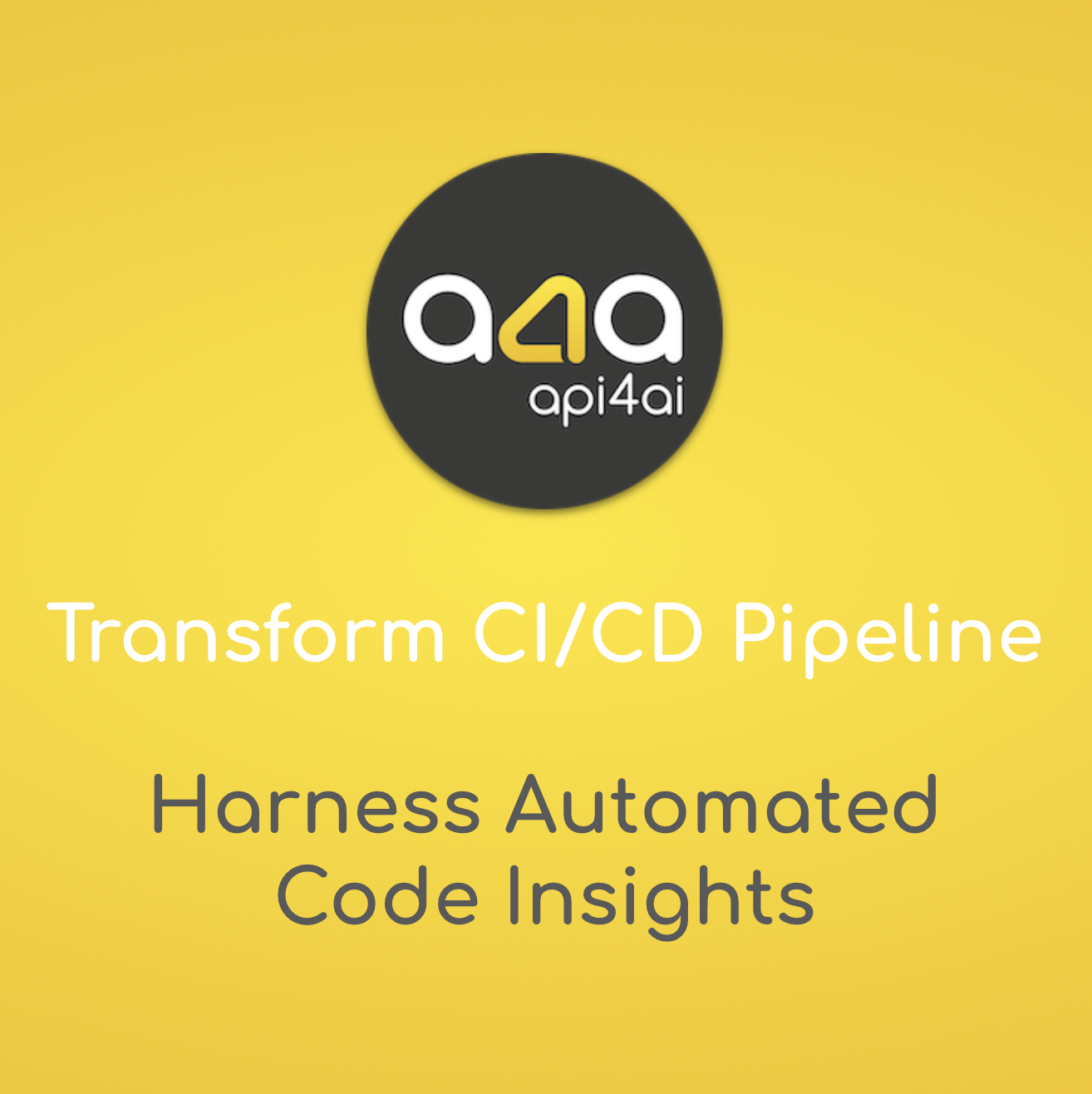
Transform CI/CD Pipeline: Harness Automated Code Insights
As software development accelerates, manual code reviews can become bottlenecks, slowing down releases and increasing the risk of errors. Integrating AI-powered automated code insights into CI/CD pipelines is transforming how teams ensure code quality, streamline collaboration, and accelerate deployments.
Large language models (LLMs) bring a new level of intelligence to code reviews, offering context-aware analysis, best practice recommendations, and security insights across multiple programming languages. By embedding AI-driven feedback directly into GitLab workflows, teams can reduce review time, improve consistency, and focus on innovation rather than repetitive checks.
This article explores how AI is reshaping CI/CD pipelines, from automating code reviews with tools like CRken to best practices for seamless adoption. Whether you’re looking to reduce technical debt, optimize team efficiency, or enhance security, AI-driven automation is the next evolution in modern software development.

AI Tools: Just a Fad or a Game-Changer for Real Businesses?
Artificial intelligence is no longer just a futuristic buzzword — it is actively transforming industries, streamlining operations, and creating new opportunities for businesses of all sizes. But is AI truly a long-term game-changer, or is it just another tech trend that will fade away?
This article explores AI’s real impact on business operations, debunking common myths and highlighting the key benefits that drive efficiency, accuracy, and scalability. From automating repetitive tasks and reducing costs to enhancing decision-making and improving customer experiences, AI-powered solutions are proving their value across various industries.
However, successful AI adoption requires more than just plugging in a new tool. Businesses must consider data readiness, security, integration challenges, and long-term scalability to ensure AI aligns with their strategic goals. Whether starting with off-the-shelf AI APIs or investing in custom AI solutions, companies that embrace AI today will gain a competitive advantage in the evolving digital landscape.
As AI continues to evolve, the businesses that adapt, experiment, and innovate will be the ones leading the future. Are you ready to take the next step in AI adoption?

How to Maximize AI Benefits for Your Business Without Large Investments
Artificial intelligence is transforming businesses, but many companies hesitate to adopt it due to concerns about high costs and complexity. The good news is that AI no longer requires massive investments — cloud-based AI APIs offer an affordable, scalable way to integrate powerful AI features without upfront development costs.
In this guide, we explore how businesses can start small with pay-as-you-go AI APIs, test their impact, and scale up only if it makes financial sense. From automating image processing and document management to leveraging AI for industry-specific applications, we highlight practical use cases that provide immediate ROI.
For companies that outgrow pre-built AI solutions, transitioning to custom AI development can offer greater control, cost efficiency, and competitive advantages in the long run. We discuss when and why a custom AI solution makes sense and share expert tips for ensuring a smooth migration from cloud APIs to a tailored AI model.
Whether you’re new to AI or looking to optimize your existing AI strategy, this guide provides actionable insights on maximizing AI benefits without large investments. Start small, scale smart, and unlock the full potential of AI for your business.
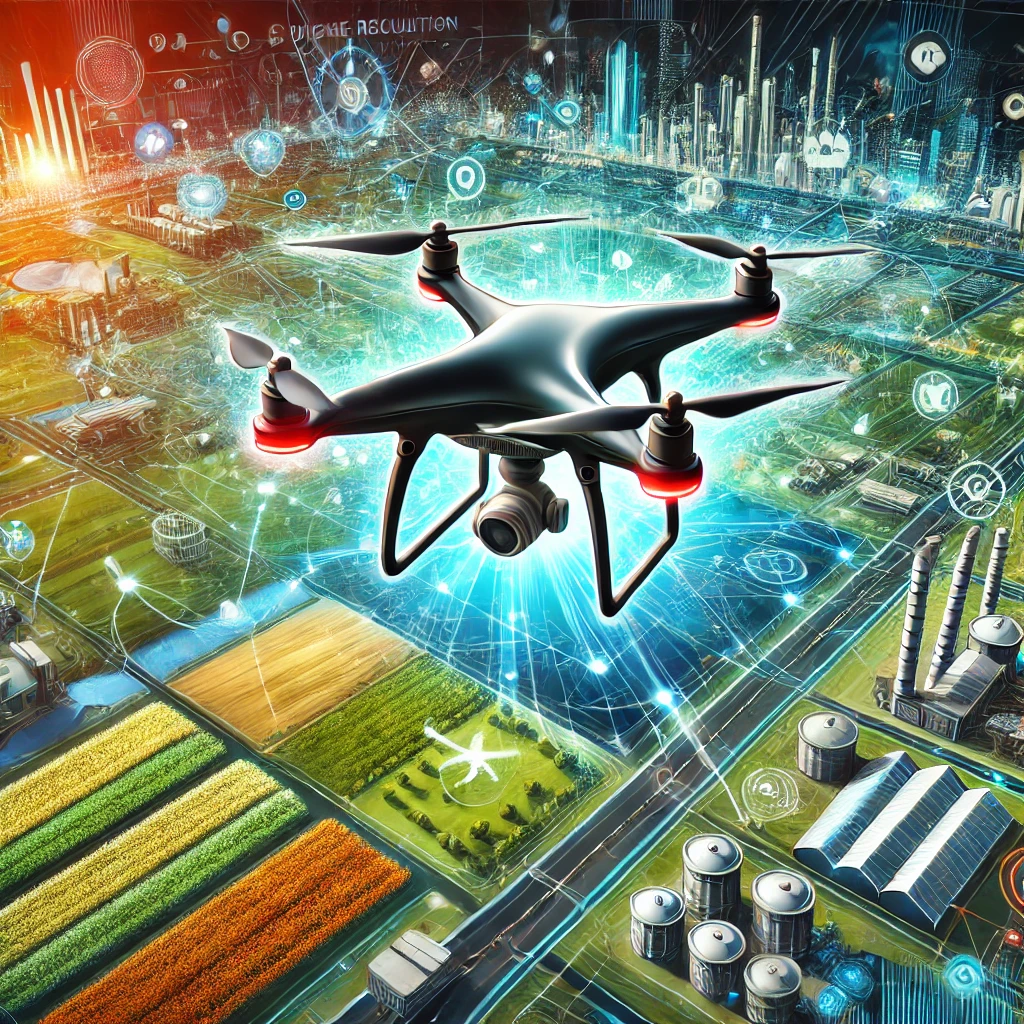
Image Processing & Drone Imagery: Multi-Industry Insights
Drones have revolutionized data collection across industries, but raw aerial imagery alone isn’t enough — it’s the power of AI-driven image processing that turns this data into actionable insights. From agriculture and environmental monitoring to construction, security, and disaster management, AI-powered analysis enhances decision-making, automates workflows, and improves operational efficiency.
This article explores how AI transforms drone imagery, the key tools and techniques used for object detection, OCR, and background removal, and the strategies businesses can implement to integrate AI-powered drone analysis into their existing systems. We’ll also examine emerging trends such as on-drone edge computing, real-time emergency response applications, and breakthroughs in deep learning for precise object recognition.
As AI technology evolves, organizations that invest in AI-powered drone solutions will gain a significant advantage—streamlining operations, reducing costs, and unlocking new possibilities for automation. Whether using pre-built APIs or custom AI models, the future of drone imagery is being shaped by intelligent image analysis. Dive in to discover how your business can harness these innovations to stay ahead.

Off-the-Shelf AI Cloud APIs for Enterprise Businesses: Pros & Cons
AI is transforming enterprise operations, offering automation, efficiency, and scalability like never before. Businesses today have two primary options for integrating AI into their workflows: off-the-shelf AI APIs or custom AI development. While ready-made AI APIs provide instant access to advanced AI capabilities such as OCR, object detection, background removal, and facial recognition, they also come with limitations in customization, cost scaling, and data privacy.
This blog post explores the advantages and drawbacks of off-the-shelf AI APIs, helping enterprises determine whether they should rely on pre-built AI models or invest in custom AI development. We discuss key factors such as cost efficiency, scalability, security concerns, and long-term sustainability, providing a strategic framework for businesses looking to maximize the benefits of AI while minimizing risks.
Choosing the right AI approach is crucial for driving efficiency, reducing operational costs, and staying ahead of the competition. Whether leveraging cloud-based AI APIs for quick integration or developing tailored AI solutions for specialized needs, enterprises must carefully evaluate their AI strategy to ensure long-term success.

CRken & GitLab: Perfect Pair for AI Code Maintenance
AI-powered code review is transforming software development, making code maintenance faster, more efficient, and more reliable. Traditional manual reviews, while essential, often slow down development and introduce inconsistencies. CRken, an AI-driven code review tool, seamlessly integrates with GitLab to automate repetitive tasks, enforce best practices, and provide real-time feedback. By leveraging large language models (LLMs), CRken enhances code quality, reduces technical debt, and ensures smooth collaboration across teams.
This article explores how CRken and GitLab work together to streamline code maintenance, improve review cycles, and support scalable development workflows. We’ll discuss the benefits of AI-assisted reviews, best practices for integrating AI into your development process, and why AI-powered tools are the future of software engineering. Whether you’re looking to accelerate feature releases or maintain high-quality standards, AI-driven code review is the key to staying ahead in modern development.

Top 10 AI Image Processing Tools for Business Automation in 2025
AI-powered image processing is revolutionizing business automation, enabling companies to streamline workflows, enhance accuracy and reduce operational costs. From OCR for document automation to background removal for e-commerce and face recognition for security, these advanced tools are transforming industries by making complex visual tasks faster and more efficient. As we move into 2025, businesses must strategically select the right combination of off-the-shelf AI solutions and custom-built models to maximize ROI. Whether leveraging cloud-based APIs for quick deployment or investing in tailored AI solutions for industry-specific needs, adopting AI-powered image processing is key to staying competitive in an increasingly digital world.

Why AI-Powered Code Reviews Are Essential for Modern Dev Teams
As software development accelerates, traditional code reviews often become bottlenecks, slowing down releases and increasing the risk of undetected issues. AI-powered code review tools offer a smarter approach by automating repetitive tasks, ensuring consistency and providing instant, data-driven feedback.
With advancements in Large Language Models (LLMs), AI can now analyze code beyond simple syntax checks, understanding context, enforcing best practices and reducing manual effort. These tools streamline collaboration, eliminate review delays and improve code quality — all while helping developers focus on innovation rather than tedious corrections.
By integrating AI-driven reviews into their workflow, teams can shorten development cycles, reduce post-deployment errors and gain a competitive edge in an industry that demands both speed and reliability. The future of software development is AI-assisted and early adopters will be best positioned to lead the way.

10 AI Trends Transforming the Transportation Industry in 2025
Artificial intelligence is transforming the transportation industry, making mobility smarter, safer and more efficient. From self-driving freight trucks and AI-powered traffic control to predictive maintenance and real-time safety monitoring, AI is solving critical challenges like congestion, high operational costs, and road safety risks.
This blog explores 10 key AI trends shaping transportation in 2025, highlighting how computer vision, machine learning and predictive analytics are revolutionizing logistics, fleet management and urban mobility. As AI adoption accelerates, businesses that embrace innovation and invest in tailored AI solutions will gain a competitive edge, optimize costs and enhance service reliability.
The future of transportation is AI-driven, and now is the time for companies to assess their operations, identify opportunities and implement AI-powered solutions to stay ahead in this rapidly evolving landscape.
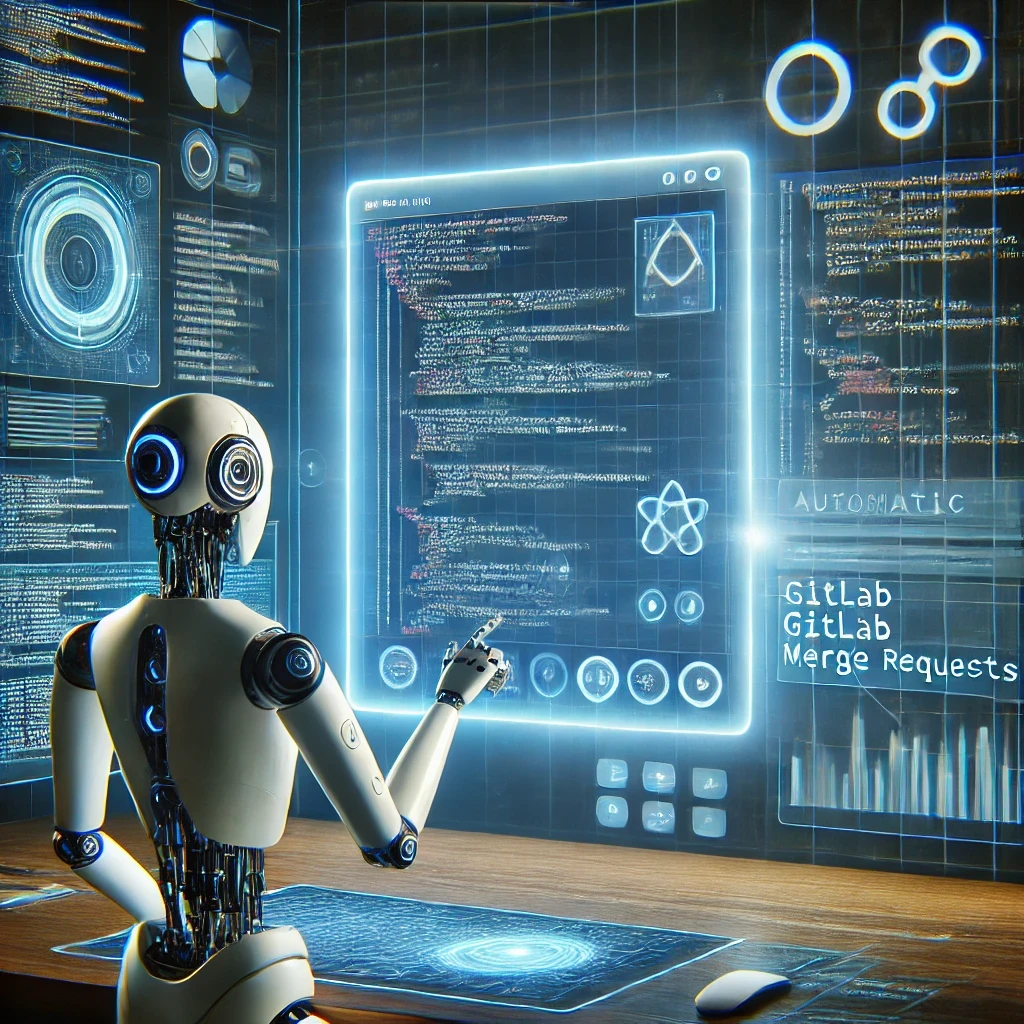
CRken: Automated Code Analysis for GitLab Merge Requests
Code reviews are essential for maintaining software quality, but traditional manual reviews can slow down development and introduce inconsistencies. CRken is an AI-powered code analysis tool designed to automate and enhance code reviews in GitLab Merge Requests. Built on large language models (LLMs), CRken provides intelligent, real-time feedback, helping teams accelerate development cycles while ensuring high code quality.
In this article, we explore how CRken works, its key benefits and real-world use cases — from large enterprises managing complex codebases to agile startups looking for faster feedback loops. We also discuss the challenges of AI-powered code review, including security considerations and the importance of human oversight, as well as future trends like AI-driven security scanning and full DevOps integration.
Whether you're aiming to reduce manual review overhead, speed up feature releases or maintain consistency across large teams, CRken offers a scalable, AI-powered solution to streamline your development workflow.
